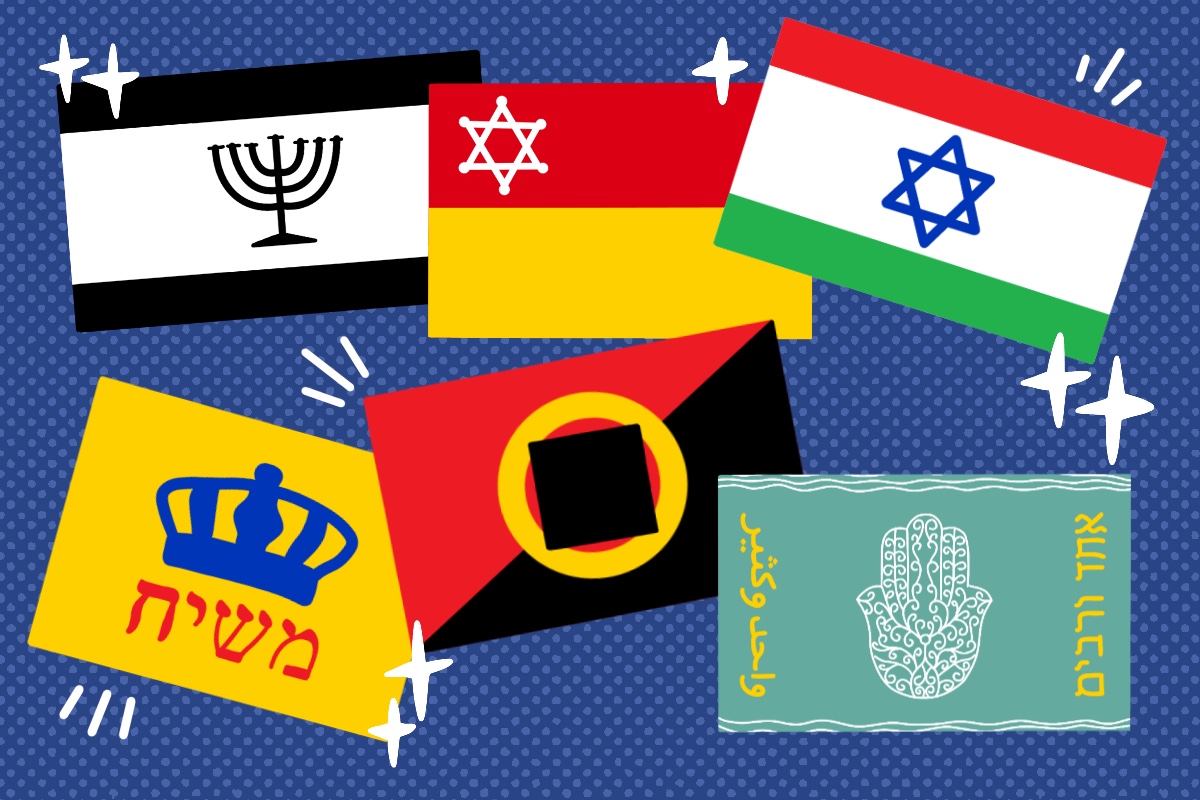I once joked that the degree to which I sympathize with a separatist movement is the quality of its flag, and that statement was probably truer than I would like to believe. My time spent as an amateur flag expert has not only led to excessive time surveying the Reddit page on vexillology, the study of flags, but has also led me to realize a startling and troubling conclusion: The Jewish world struggles with a dire flag deficiency.
Sure, there are a handful of classics. Everyone recognizes the blue stripes and Magen David of the State of Israel’s flag. Likewise, the LGBTQ Jewish flag — a Magen David centered on the rainbow flag — is commonplace and self-explanatory. But for those who are reluctant to constantly spark debates on college campuses with the Israeli flag, or who are not members of the LGBTQ community, there is a clear need for a wider choice in totems to stick on dorm room walls. Additionally, as someone who isn’t Israeli and has no family in Israel, I’ve always felt there’s an obvious limit to the degree to which I can call the flag of Israel my own.
This is a relevant issue not only to an Ashkenazi Jew from New York like myself, but one which impacts every subgroup of the Jewish world. Where is the flag representing the Bukharian Jews, the Mizrahim, the Sephardim, and broadly speaking, the Jewish diaspora? We live in an age with a new level of devotion to pluralism, and recognizing those of us who treasure a Jewish heritage outside of Israel is a worthwhile endeavor.
In my research, I found Jewish flags representing not only sub-ethnic groups of the Jewish people, but flags representing different Jewish mass movements in history, both religious and ideological.
So, let’s survey a handful of the less recognized flags available to the Jewish people. Doing so not only provides us an opportunity to look at some nice flags but build a more nuanced understanding of who exactly the Jewish people are. Some of these flags are frequently flown and recognizable. Some are so niche that there is practically nothing written about them. (Until now!) This list is by no means definitive, but just a start on Jewish flags I have come across and believe merit broader use and recognition in the Jewish community.
Ashkenazi/Yiddish Flag
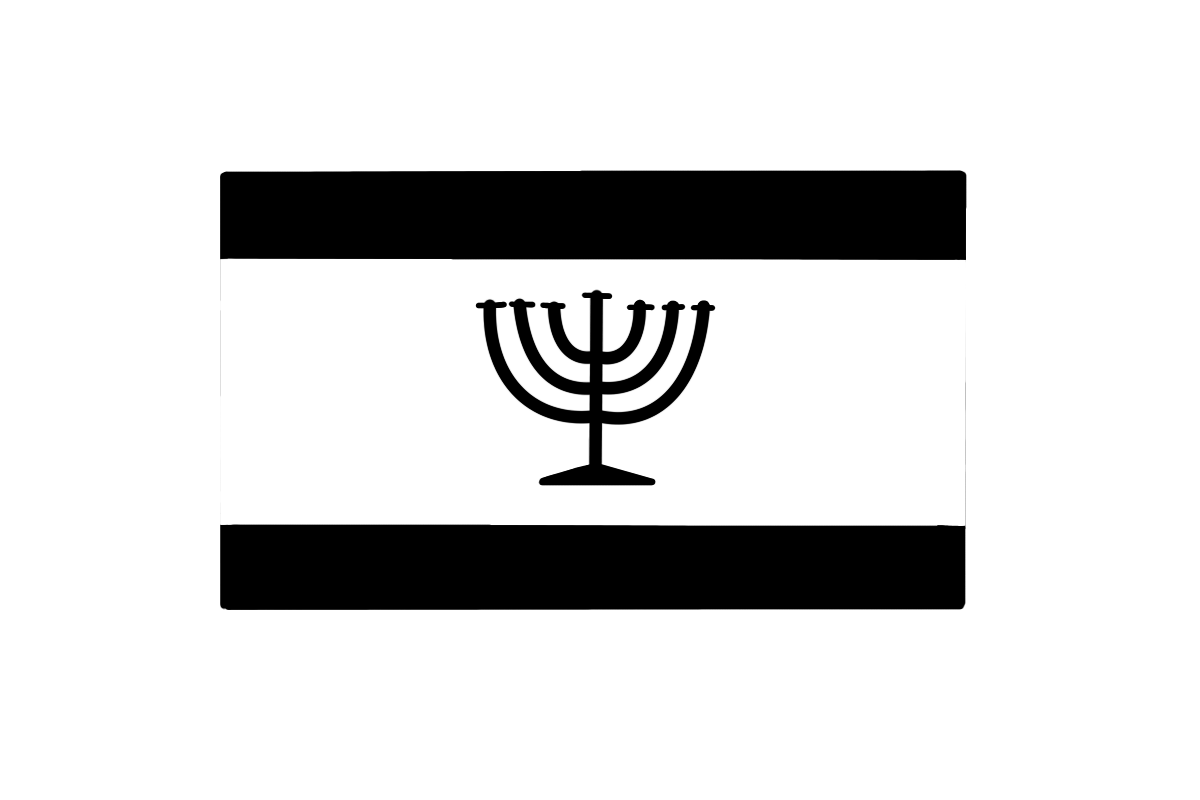
I’ll start with my personal favorite: the Yiddish/Ashkenazi flag, which is not without controversy. Of unclear origin and recent creation, the use of the flag kicked off in 2015 with Doulingo’s adoption of it as the symbol for its Yiddish course in development. Writing that year in the Forward, the Yiddish Book Center’s Sebestian Schulman critiqued the flag for its drab color palette, close resemblance to the Israeli flag, and general lack of historical understanding. At the same time, this flag remains the closest thing I have come across to a recognized and commercially available symbol representing Ashkanazim and our culture. It is distinctive, striking, and something I can feel to be wholly my own. Today, I proudly hang one above my kitchen table.
Sephardi Flag
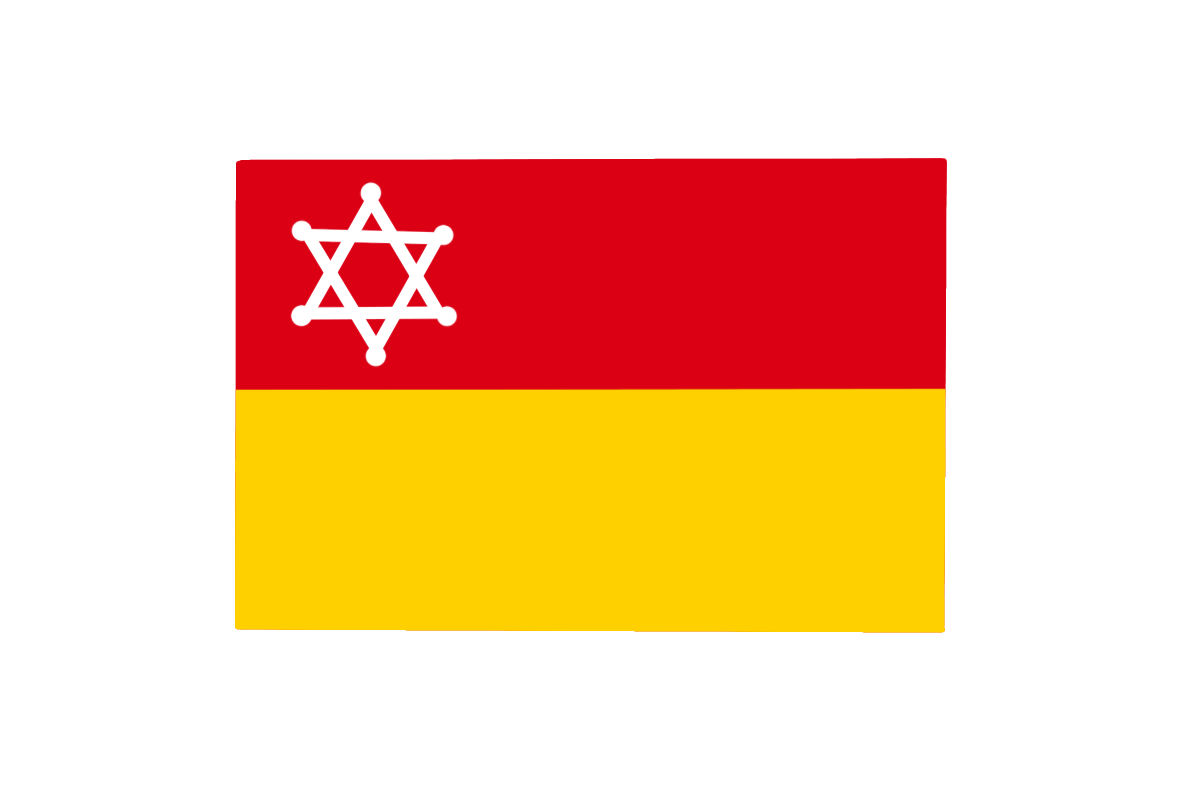
Finding flags specific to individual Jewish communities becomes much more difficult after the Ashkenazi/Yiddish flag. As far as I have been able to discover, outside of a few Wikipedia entries and Reddit posts, none have ever been recognized formally or sold commercially. Yet there are a few of these unrecognized flags I enjoy including this one. This red and yellow flag is meant to represent the Sephardim, Jews whose origins are in the Iberian peninsula. During the Spanish Inquisition of the 15th century, the Jewish community was exiled from Spain or forced to convert. Sephardic Jews ended up in locations as scattered as Turkey, Algeria, and Latin America. The red and yellow can be taken to represent Spanish colors — indicating the history on the Iberian peninsula, and the linguistic link through the Sephardic language Ladino (which originated in Spain). The flag is not only unique but aesthetically pleasing as well.
Bukharian Flag
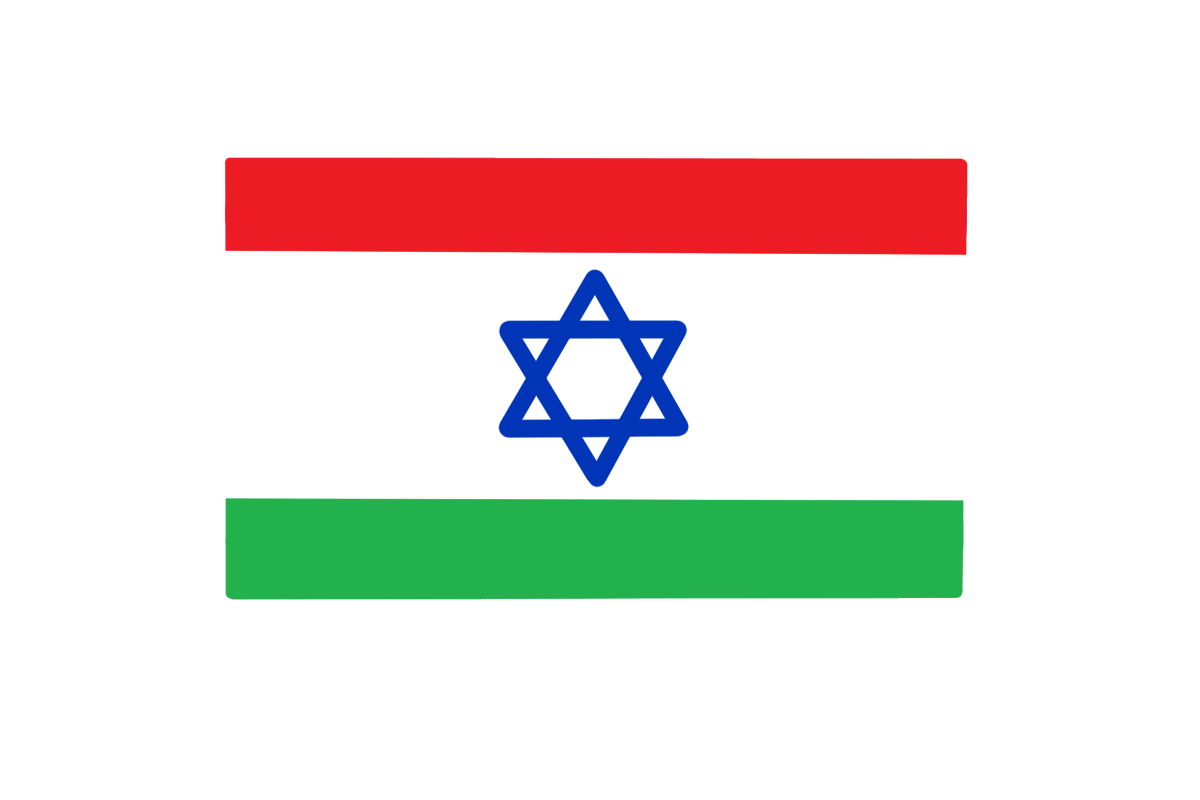
This is another Jewish flag that has no discernable source except for a lone Wikipedia entry with no description. Bukharian Jews are a Jewish community with roots in Central Asia. These days the community is almost entirely split between Israel and New York City (a familiar story?). Without a formal description of this flag, it can be difficult to decipher the imagery’s symbolism. However, it is likely that the red and greens stripes are used to mirror the flag of Tajikistan — the language of Bukharian Jews is Juedo-Tajik. Written in Hebrew letters, the language has its roots in the Persian and Tajik vernaculars of Central Asia. While I’m not a huge fan of this flag from an aesthetic perspective, I can still appreciate the light the banner shines on an all too often unknown Jewish community.
The Birobidzhan Flag
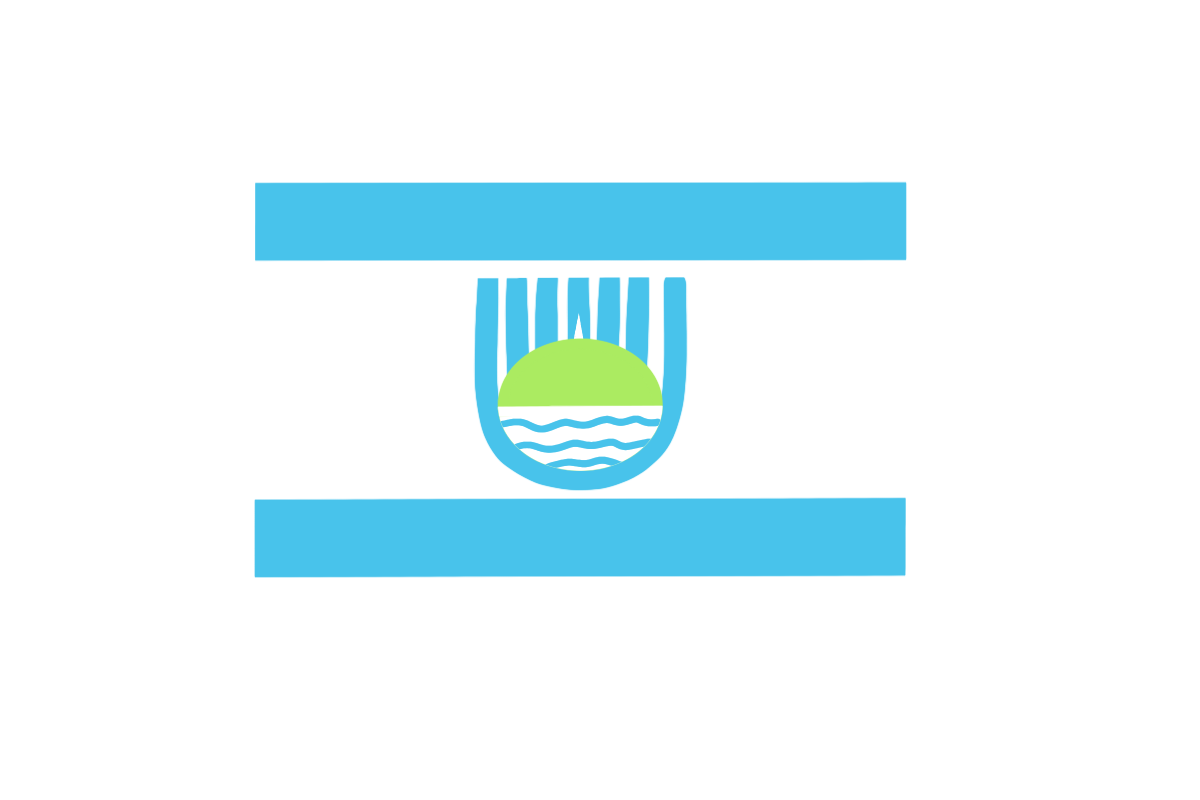
This flag traces its origin to a little known Jewish political project: the Soviet Jewish colony of Birobidzhan. Basically, in the Soviet Union, it was all the rage in the 1920s and ’30s to establish territories for minority ethnicities. However, the Jewish territory was a nonsensical project from the start, mainly due to the decision to place it in eastern Siberia. While the experiment was a long-term failure, to this day it is the only place in the world where every street sign is in Yiddish. The town square even has a statue of Tevye the Milkman of Fiddler on the Roof fame. The flag itself is beautiful. With the bars going across representing a tallit (prayer shawl) and the centerpiece representing a menorah and the city’s natural environment, the flag lives on even as the Jewish population of Birobidzhan continues to shrink.
The Moshiach Flag
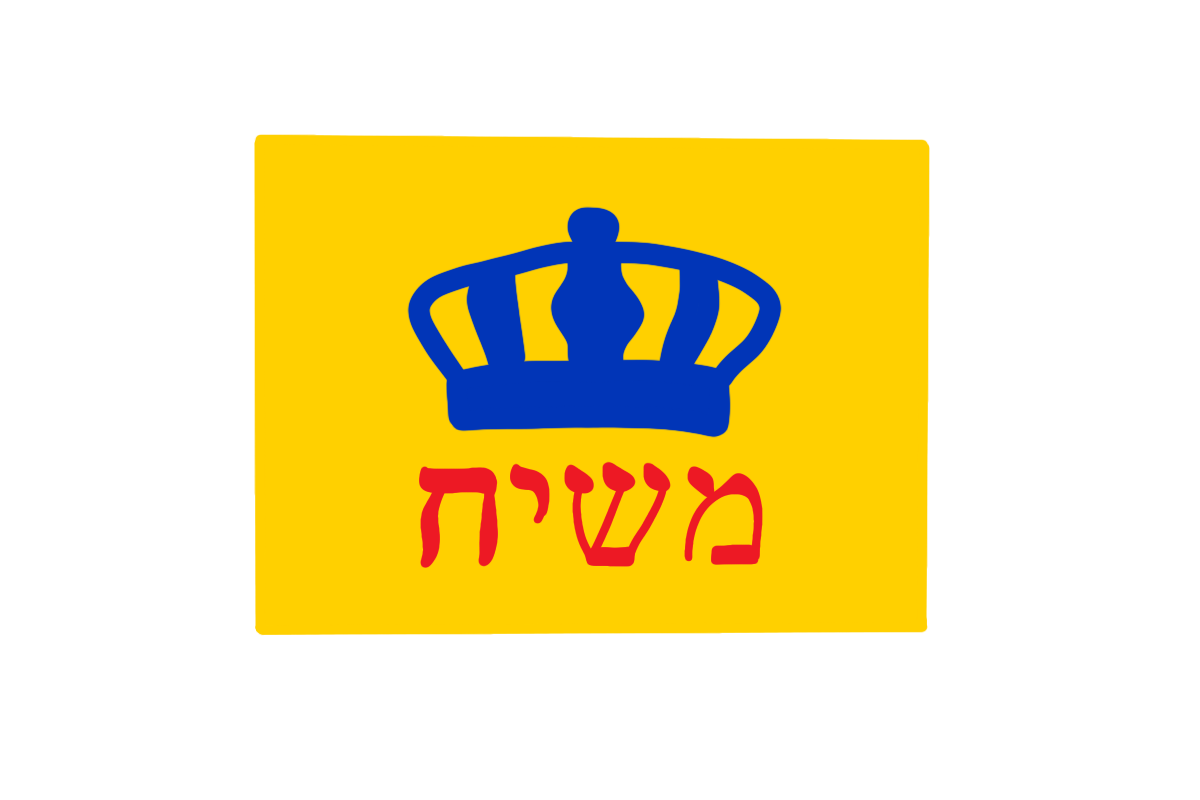
I know this can be a controversial sentence within the world of flag appreciation, but I’ve never taken issue with words on flags. The Moshiach flag is an example of a flag that uses words well. On a yellow field with Moshiach spelled out in Hebrew letters, the flag is in reference to the messiah. Psalm 20:6 reads, “We will rejoice in your deliverance, and raise our banners in the name of our God; may the Lord fulfill all your wishes.” The flag is frequently used by Chabad-Lubavitchers, some of whom believe the late Rebbe Menachem Mendel Schneerson was Moshiach. The least secular flag on this list, the flag can sometimes be seen in New York and Israel.
The Bundist Flag
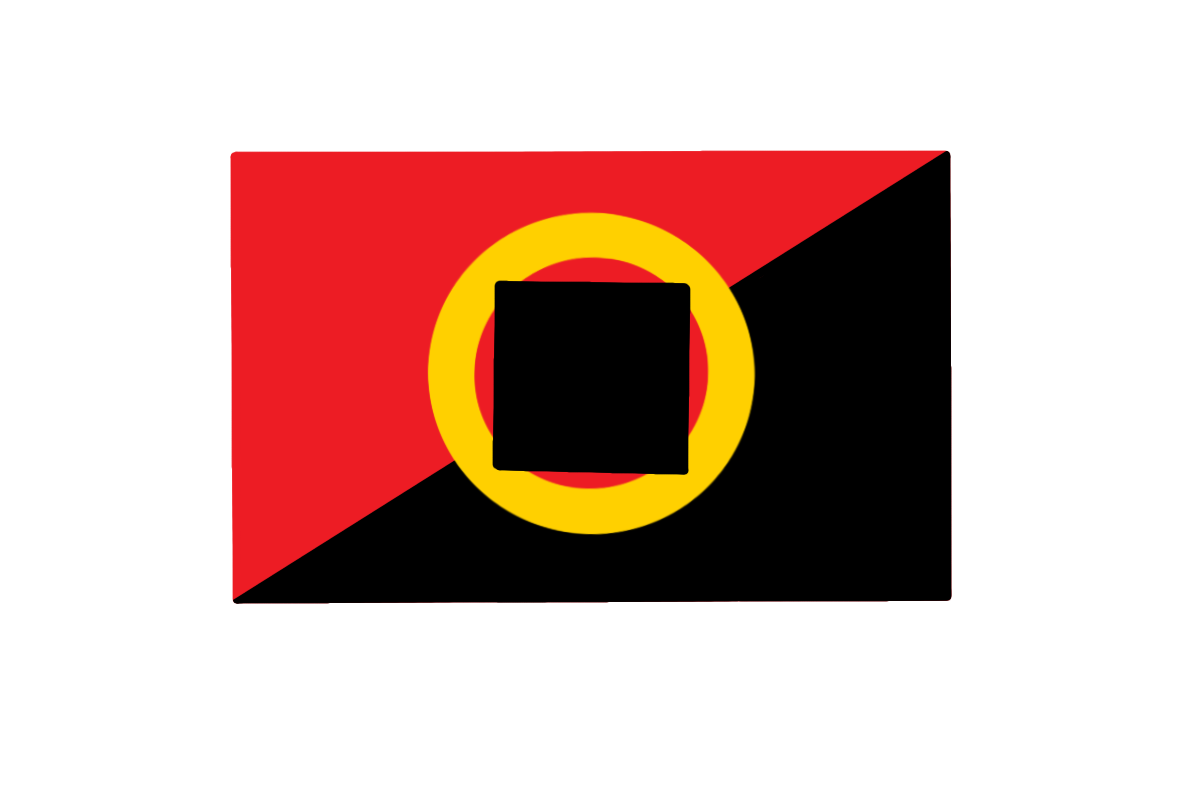
For those who don’t spend their free time falling down Jewish history Wikipedia rabbit holes, the General Jewish Labor Bund, or just “Bund,” was a Jewish organization founded in the late 19th century. The movement was a radical left-wing one with a strong Marxist tendency. In contrast to the Zionists of the same time period, the Bund stressed a notion that the Jews lived as a trans-national nation, with no need for a single territory. They advanced concepts like Jewish Autonomism, seeking to create separate Jewish institutions in the diaspora. The flag speaks to the communist and anarchist leanings, using black and red. While the Bund has largely been forgotten and was dissolved in 1921, its flag lives on and perhaps can be of some use to any Jewish readers who still hang onto a belief in utopia.
The Hamsa Flag
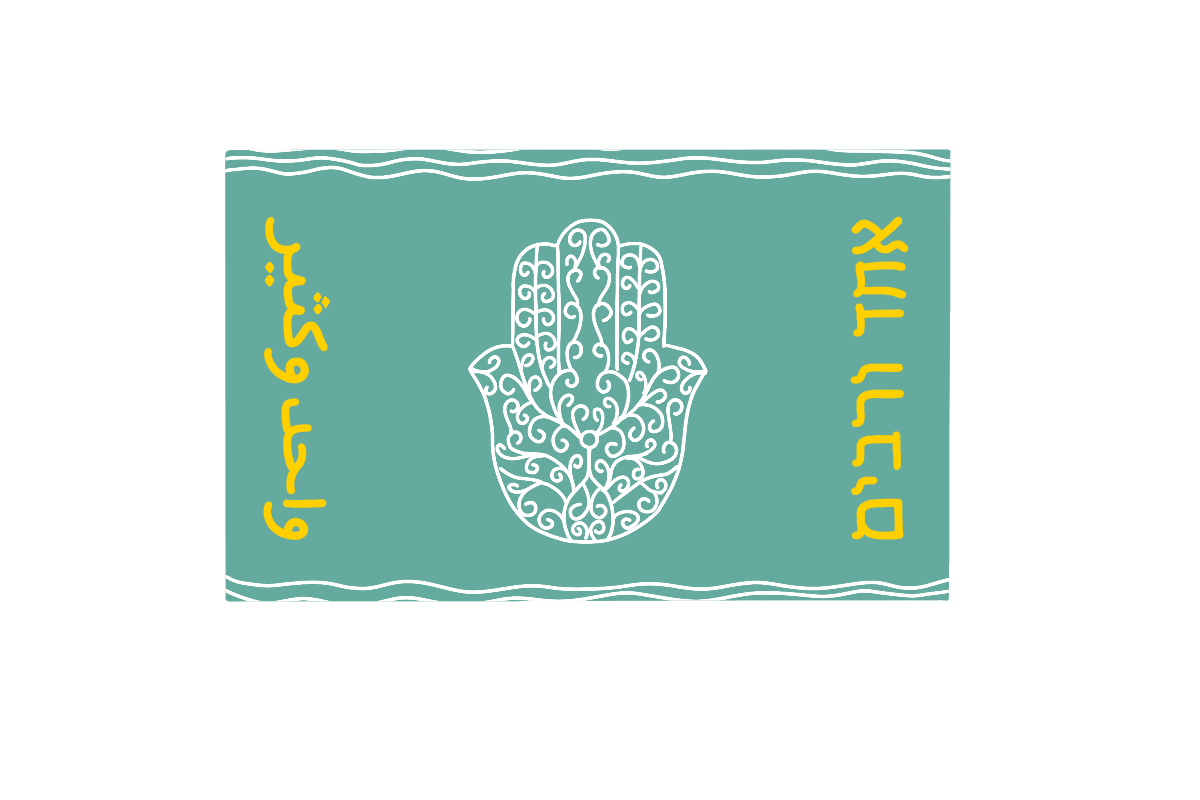
Wading deeper into the political, the Hamsa flag is frequently used by those who advocate a bi-national one-state approach to the Israeli-Palestinian conflict. Written about first in an essay published for Protocols, the flag goes to great efforts to represent a peaceful coexistence of Jews and Arabs together in a single future bi-national state. The Israeli and Palestinian colors are ditched in favor of neutral turquoise and gold. The hamsa, a shared symbol in the Eastern Mediterranean, is likewise used. The flag is sometimes used by pro-peace activist groups in Israel and abroad.
